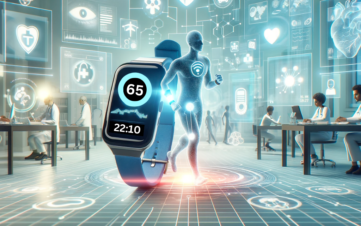Technology-based innovations in the information society provide the opportunity for private and public institutions to identify and meet demands, expectations, and needs. Technology fuels a competitive system in the information society. In a competitive environment, the power of reflection and inclusion of innovations in daily life causes many practices in social life to be observed in the digital environment, and individual and corporate activities gain a more transparent appearance. Internet of Things (IoT) technology is on its way to becoming the digital tool that transforms and facilitates daily life practices, and provides transparency and surveillance with its data-oriented approach.
In the changing environment created by new technologies such as IoT, concerns arise about issues such as accessibility, privacy, property, and information integrity. Ethical behavior requires enforcing property rights on information, ensuring access to information and its integrity, and exercising the right to private life.
IoT devices contain many advanced algorithms, and these are key points for IoT. Smart homes, traffic management, patient tracking system, logistics, autonomous vehicles, and many industrial applications are examples of using IoT technology. While these applications are designed by the developers, various high-level algorithms are used in the software part in addition to the hardware. Algorithms work in a black box. If customers are not informed, they do not know what is behind this black box. When black box algorithms go wrong and cause physical, societal, or economic damage, they also harm the IoT movement. These mistakes undermine trust in many ways.

It is not possible to create perfect algorithms because they are man-made and some minor errors may occur. For this reason, these black-box algorithms can pose problems in the real world. For example, self-driving vehicles can rarely make wrong decisions or a virtual assistant can rarely place a wrong order for you. This naturally raises doubts about the inner workings of IoT devices, to which we entrust most of our daily lives, comfort, and security. Making the algorithms more understandable and more transparent is one of the things that can be done to gain the trust of the users and produce more secure devices. In short, the IoT needs to become the “internet of transparency” to counteract the negative effects of algorithmic opacity.










